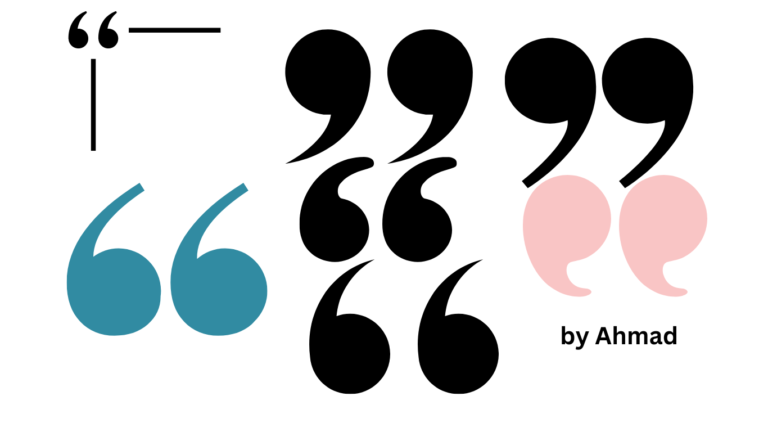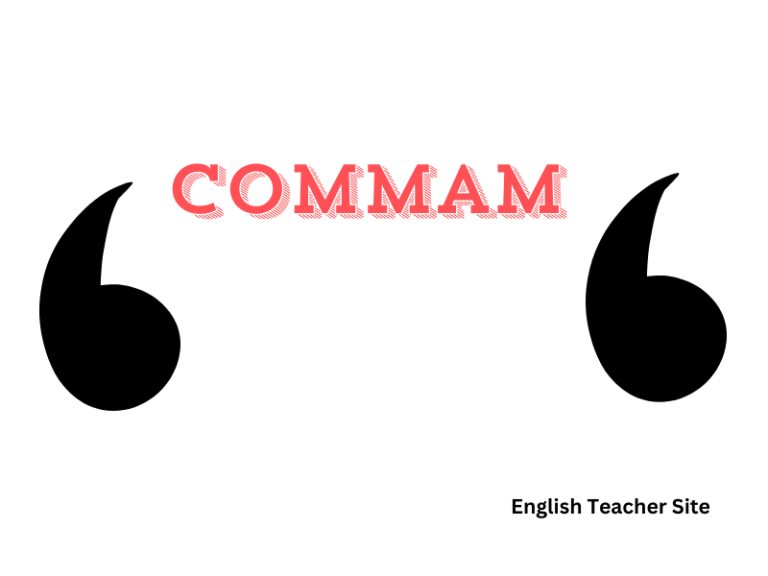How to Use a Semicolon: Sentence Examples, Semicolon vs Colon Mastery Guide

- A semicolon links two related independent clauses.
- Use a colon to introduce a list or explanation.
- Understanding semicolon and colon usage enhances writing clarity.
A semicolon is often used to link two independent clauses that are closely related in thought, serving to bridge ideas more closely than a period would. Grasping when and how to use this punctuation.
The distinction between a colon and a semicolon is nuanced yet significant. A colon often introduces an explanation or a list related to the preceding clause,.The contrast between these punctuation marks is fundamental to using them effectively, ensuring each sentence is crafted with intention and precision.
What’s a Semicolon?
A semicolon is a punctuation mark symbolized by ; used to connect closely related ideas within a sentence. It is seen as a stronger division than a comma, but not as final as a period.
- Separating independent clauses: When two independent clauses are closely related but could stand alone as separate sentences, a semicolon can be used in place of a conjunction like “and” or “but”.
Examples of Semicolon Use:
| Independent Clause 1 | Independent Clause 2 |
|---|---|
| She completed her thesis | she’ll defend it next month |
| The storm subsided | the clean-up could begin |
Clauses with Commas:
| With Comma(s) | Semicolon Used |
|---|---|
| She ordered eggs, toast, and coffee; | he opted for pancakes, bacon, and orange juice. |
| They found the site, after much debate; | however, the excavation revealed nothing significant. |
- Before conjunctive adverbs: When a conjunctive adverb like “therefore,” “however,” or “indeed” links two independent clauses, a semicolon is used before the conjunctive adverb.
Conjunctive Adverbs semicolons serve more as a bridge between phrases. They’re typically used when the writer wants to balance two ideas that are related and of equal importance without starting a new sentence.
How to Use a Semicolon
The semicolon is a punctuation mark that serves to connect closely related ideas, balance two contrasting statements, or clarify a complex series of items.
Its utility in the English language is often underestimated, but when used properly, it can enhance the clarity and flow of writing.
| Semicolon | Colon |
|---|---|
| Links two closely related sentences | Introduces a list, quote, or explanation |
| Can separate items in complex lists | Follows an independent clause |
| Requires related ideas on both sides | Precedes further information about the idea |
- Only use semicolons to separate items in a list if they are long or contain internal punctuation.
- A semicolon should not be used in place of a colon or comma without a valid grammatical reason.
Colon vs. Semicolon: What’s the Difference?
The proper use of punctuation is crucial for effective writing. This section explicitly focuses on the distinction between colons and semicolons, two punctuation marks often confused.
Semicolon: A semicolon is primarily used to separate independent clauses that are closely related in content but could stand on their own as sentences. Unlike a period, a semicolon indicates a closer relationship between the clauses.
- Example: She can’t attend the meeting; she’s unwell.
| Use a Semicolon | Use a Colon |
|---|---|
| To separate clauses when the second clause restates the first | Before a list or an explanation that is preceded by a clause that can stand by itself |
| When two independent clauses are connected by a transition | To introduce a quote or example that is linked to the preceding text |
Examples between colons and semicolons
- Colon: A colon can be used to start a list, especially after phrases like “as follows” or “the following.” It’s not typically used to separate items within that list.
Semicolon: When separating items in a series that already contain commas, semicolons can be used for clarity.
- Example: She visited many European cities: Paris, France; Berlin, Germany; and Rome, Italy.
| Elements in the Series Without Internal Commas | Elements with Internal Commas |
|---|---|
| Use commas to separate items | Use semicolons to separate items |
| She bought apples, oranges, and pears. | She bought shiny, red apples; sweet, ripe oranges; and juicy pears. |
My name is Khamis Maiouf. I am the creator of the English Teacher Site, dedicated to providing valuable resources and insights for students around the world. With a passion for education and a commitment to helping students enhance their skills, I aim to make English teaching more effective and enjoyable for both educators and students.





